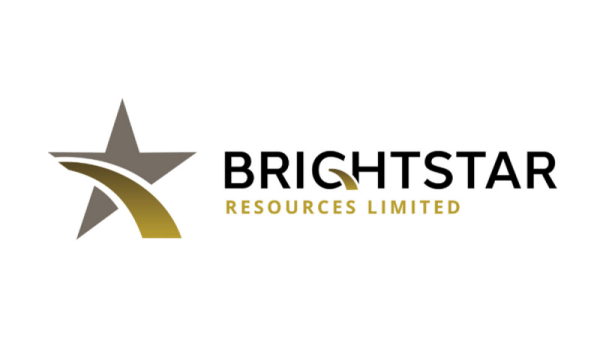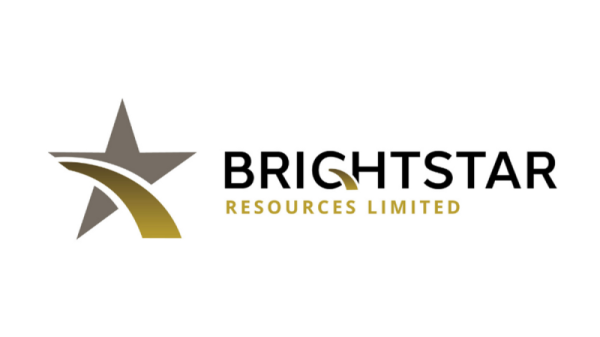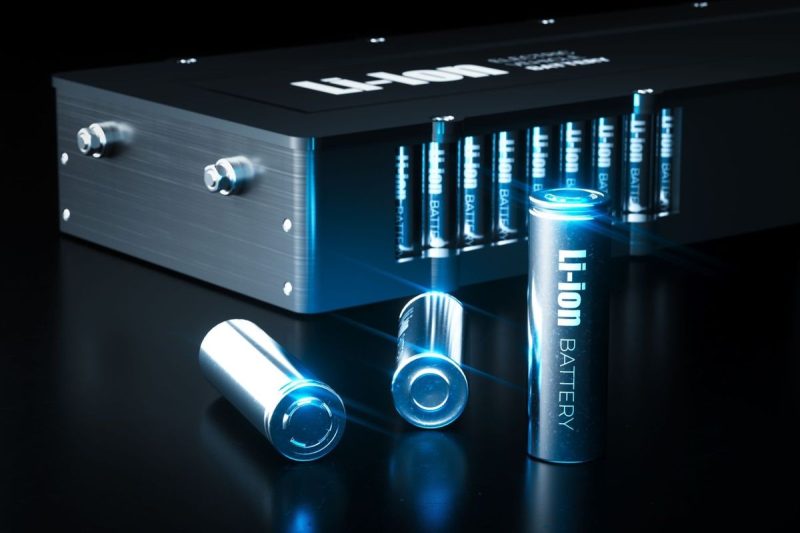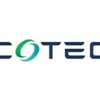As the world begins to shift away from carbon-based energy and toward renewable energy, new investment opportunities are emerging alongside advancements in electric vehicle (EV) battery technology.
In the short term, EV sales are experiencing slow growth as adoption in major markets faces hurdles.
“The pace of growth is slowing, but that’s what’s expected in growing markets like this,” said Rho Motion’s data manager, Charles Lester, in the firm’s 2024 EV sales outlook, emphasizing that the change in pace is normal.
Looking forward, BloombergNEF sees positive catalysts on the horizon for the industry, including battery technologies that offer faster charging and longer ranges, as well as increasing access to public charging stations.
Aleksandra O’Donovan, BloombergNEF’s head of EVs, said the firm expects that “(a)ll of those trends will continue paving the way for further growth in 2025 and 2026, when a slew of cheaper models is set to hit Western markets.”
Against that backdrop, many market watchers are interested in the battery metals that are making the energy transition possible. While lithium and cobalt are the best-known battery materials, graphite, vanadium and manganese are also key materials for this sector. Read on for a quick intro guide on the popular battery metals, and check out our in-depth guides for stock options.
How to invest in lithium?
Lithium has skyrocketed in investor interest in recent years due to its role in lithium-ion batteries, which are used in electronic devices such as cell phones, laptops and, of course, EVs. In fact, the EV sector has been a major demand driver for the silver-white metal. Automakers are expected to continue to look for ways to lock down long-term supply of lithium and other important materials used in EV batteries, while investment in the sector continues to be key to ensure global output can keep up with expected demand.
For those interested in investing in the sector, it’s best to do some research to help you understand different terms and prices. Lithium pricing can be confusing due to the different types of lithium, predominantly lithium carbonate and hydroxide, as well as differences in pricing on international exchanges.
Today, Australia, Chile and China are the top three regions for lithium production. Dominant names in the lithium space outside the Asian country include powerhouses Sociedad Química y Minera (NYSE:SQM), better known as SQM, and Albemarle (NYSE:ALB). In addition, a number of lithium exploration companies have stepped up to meet forecast demand in recent years.
With lagging EV demand creating a lower price environment for lithium, experts are expecting to see increased M&A activity in the sector given the strength of the battery metal’s long-term outlook.
Click here to read more about lithium investing and lithium stocks.
How to invest in cobalt?
Cobalt, which is mostly mined as a copper and nickel by-product, also plays an important role in lithium-ion batteries. In addition to batteries, this hard, silver-gray metal is used in alloys for jet engines and turbines, along with magnetic steels.
The biggest contributor to cobalt supply is the Democratic Republic of Congo (DRC), which holds more than half of all global cobalt reserves. In 2023, the DRC produced 170,000 metric tons (MT) of cobalt, with Indonesia following at a very distant second with 17,000 MT; Russia and Australia took the third and fourth spots, respectively.
While cobalt prices are no longer at the all-time highs they reached in March 2018, experts agree that demand remains strong. Indeed, it’s possible that lower cobalt prices will lead EV makers to favor nickel-cobalt-manganese (NCM) battery chemistries, which may improve demand and prices. However, challenges related to the security of the metal’s supply chain and a lack of investment in cobalt production continue to be key concerns in the space.
Click here to read more about cobalt investing and cobalt stocks.
How to invest in graphite?
A native element mineral that’s the most stable form of carbon, graphite is known to be a dry lubricant. As the only non-metal element that’s a good conductor of electricity, it can be used in lithium-ion batteries, as well as in nuclear reactors and the refractory and steel industries.
Much like other battery raw materials, graphite prices can be finicky to find since it’s not traded on an exchange. In general, prices came under pressure in 2023 due to excess supply, and producers outside China had to make production cuts to deal with this environment. This dynamic is anticipated to continue throughout 2024.
In the long term, graphite demand is expected to become more dominated by the battery sector, although it’s worth noting that not all types of graphite can be used in this industry. Investors might also want to understand the differences between synthetic and natural graphite, and the influence this has on the overall graphite market.
Click here to read more about graphite investing and graphite stocks.
How to invest in vanadium?
Vanadium is increasingly being used in vanadium redox flow batteries, which are an important technology for renewable energy storage.
Vanadium is predominantly mined as a by-product of other metals and is found in deposits of siltstone, uraniferous sandstone, phosphate rock and titaniferous magnetite. It can also be found in bauxite, coal and crude oil. The vast majority of this silvery-gray transition metal is used as a steel additive, as vanadium-steel alloys are very tough.
While the large size of vanadium redox batteries makes them a better fit for industrial use, they come with the perk of not degrading for at least 20 years. Click here, here and here to read our three part series on vanadium mining and the potential for vanadium redox flow batteries in energy storage.
In 2023, China took the top spot as the world’s biggest vanadium producer at 68,000 MT, with Russia and South Africa coming in second and third at production rates of 20,000 MT and 9,100 MT, respectively.
Click here to read more about vanadium investing and vanadium stocks.
How to invest in manganese?
Manganese contributes to certain lithium-ion battery chemistries, such as NCM, lithium-manganese oxide (LMO), high-purity manganese sulfate (HPMSM) and lithium-manganese-iron phosphate (LMFP).
A brittle, hard, gray-white metal, manganese has a similar appearance to iron and can be used in the production of various items, including dry cell batteries, aluminum cans and even fungicides and pesticides.
Overall, the US Geological Survey states that around 85 to 90 percent of global manganese output is used for the production of steel and cast iron.
‘Growing adoption of LMFP, coupled with other lithium-ion battery chemistries that employ HPMSM and other high-purity manganese salts could significantly increase manganese demand in the second half of the decade,’ says Fastmarkets.
Click here to read more about manganese investing and manganese stocks.
Securities Disclosure: I, Melissa Pistilli, hold no direct investment interest in any company mentioned in this article.







































